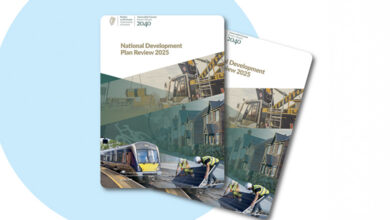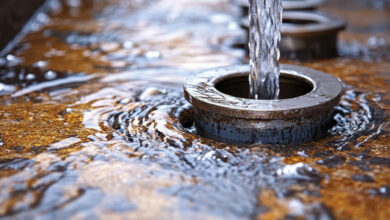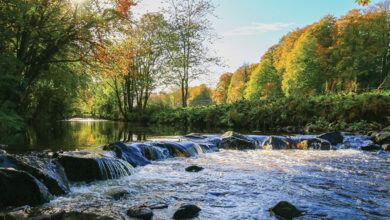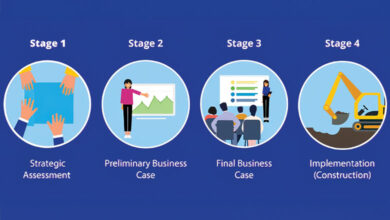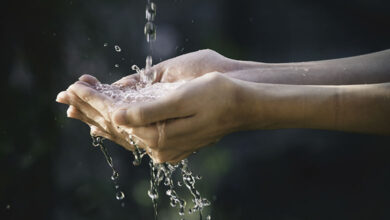Delivering Ireland’s water future: Uisce Éireann’s strategic vision for 2025 and beyond
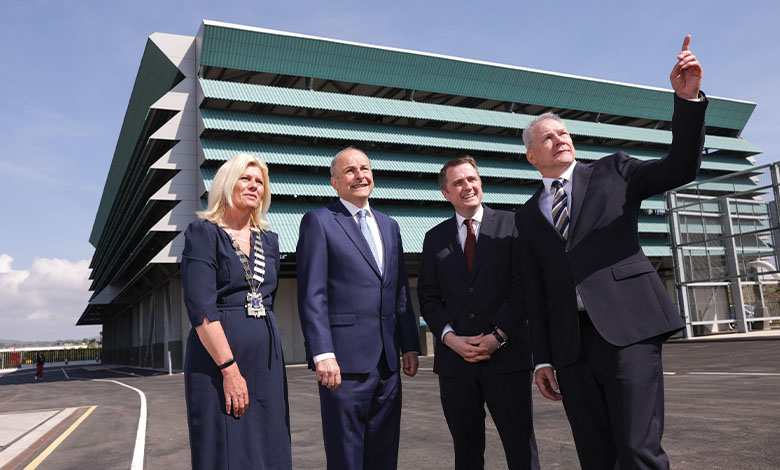
At Uisce Éireann, our mission is to deliver secure, safe, and sustainable water services that support Ireland’s people, communities, and economy. From enabling housing and economic growth to protecting the environment and preparing for climate resilience, our work is central to Ireland’s future, writes Niall Gleeson, CEO of Uisce Éireann.
Supporting housing and growth
Ireland’s housing challenge is well known, and Uisce Éireann plays a vital role in addressing it. In 2024, we invested over €1.3 billion in water and wastewater infrastructure, helping deliver tens of thousands of new homes. These upgrades are about more than pipes – they unlock land for development, enable planning permissions, and assure communities that essential services are in place.
A major milestone achieved recently was the planning approval for the €1.3 billion Greater Dublin Drainage (GDD) project. This transformative scheme will serve up to 500,000 people across north Dublin, Meath, and Kildare. It will ease pressure on the Ringsend treatment plant – currently at full capacity – and support continued housing and economic development in the capital region. As our Infrastructure Delivery Director Maria O’Dwyer said, this is “a really positive day” for Dublin’s future.
Another key project is the Water Supply Project Eastern and Midlands Region. With Government approval in principle, we are now preparing a planning application to be submitted by year-end. This project will benefit 50 per cent of the country’s population and help provide a secure, resilient water supply for the Eastern and Midlands Region including the Greater Dublin Area.
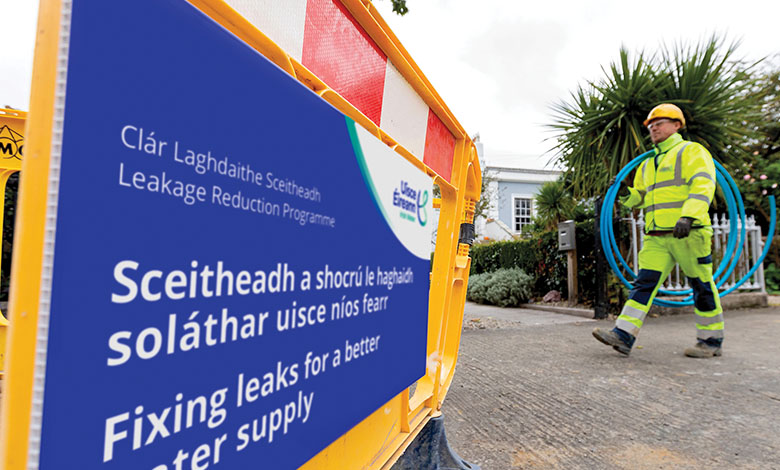
Transforming Ireland’s water infrastructure
We are undertaking the largest transformation of water services in the State’s history. Our capital programme is delivering new and upgraded treatment plants, more resilient networks, and digital monitoring systems. In 2024, we treated 1.7 billion litres of drinking water and 1.26 billion litres of wastewater daily, achieving 99.8 per cent compliance with drinking water standards.
But transformation is also about integration. We are building a unified Uisce Éireann—breaking down legacy silos, investing in our workforce, and embedding a culture of safety, innovation, and accountability.
Valuing and enhancing our environment
Water is a precious natural resource. Our commitment to environmental protection is embedded in all we do, from reducing leakage to improving wastewater treatment.
Leakage reduction remains a top priority. Since 2015, we have invested nearly €1 billion in the water network, aiming to reduce national leakage to sustainable levels. As a result, leakage is now at the lowest level it has ever been. We are investing €250 million in the water network every year including leak repairs, aiming to reduce national leakage to sustainable levels. But with over 65,000km of underground pipes – many old and damaged – leakage reduction is challenging, especially with rising demand in areas like Greater Dublin. But we remain committed to achieving a sustainable level of leakage by continued investment in the water network, focussing resources on areas threatened by water shortages and experiencing higher demand as a result of population and economic growth.
We are also investing in nature-based solutions and sustainable drainage systems aligned with the Water Framework Directive and the UN Sustainable Development Goals. Our approach reflects a deep respect for the environment and the role of water stewardship in climate adaptation.
Ensuring essential funding
Delivering our strategic goals requires sustained investment to address decades of underfunding. Historically, only about 6 per cent of government capital expenditure went to water services, and we are still dealing with that legacy. We estimate that €55-€60 billion (in 2022 money) will be needed by 2050 to meet known needs and risks.
Encouragingly, the need for increased funding is now widely recognised. We are working closely with government, regulators, and stakeholders to ensure our funding model supports long-term planning and delivery. The Strategic Funding Plan and Water Services Policy Statement provide the framework, and we welcome the revised National Development Plan, which reaffirms government’s commitment to water infrastructure. This prioritisation reflects the essential role of resilient water services in enabling growth, supporting housing, and protecting the environment.
Inspiring confidence and building trust
Public trust is earned through performance, transparency, and engagement. We are committed to clear, consistent communication with customers, communities, and stakeholders. Enhancing the customer experience is a key priority, and we are leveraging new technologies to improve our service channels and communication strategies.
We are also investing in our people. Integrating 3,000 former local authority staff is a major undertaking, and we are focused on supporting their development. Our recent campaign to promote career advancement for caretakers is one example of how we are creating opportunities and recognising dedication. A motivated, empowered team is essential to delivering world-class water services.
Looking ahead
Our priorities are clear: support housing and economic growth, protect the environment, deliver value for money, and build a resilient, integrated utility. The challenges – from climate change to population growth – are significant, but so are the opportunities.
We are proud of the progress made, but we know there is more to do. With continued support from government, partners, and communities, we will meet the challenge.
Together, we are building a water future that is secure, sustainable, and fit for generations to come.
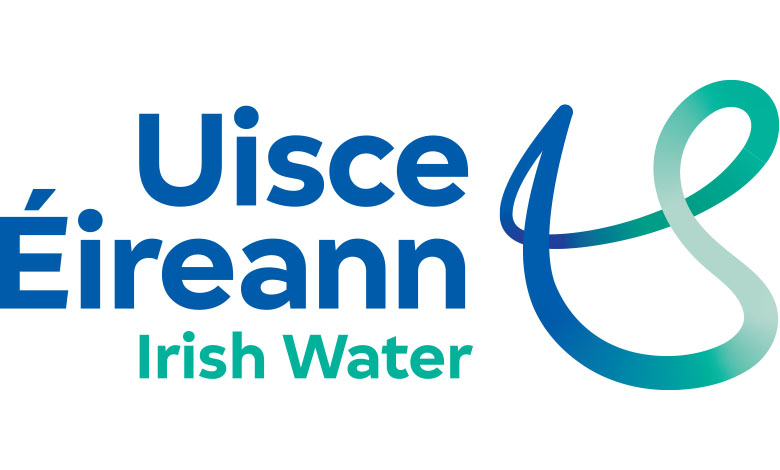
W: www.water.ie

